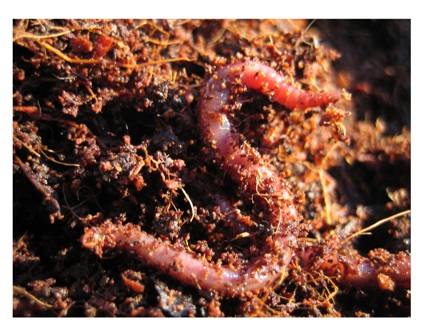Some articles related to vermicomposting extend the concept of red worms, like any other living planet, emit some greenhouse gases resulting from the digestion of nutrients ingested and the amount of the gases, as well is greater than that would be emitted if they were the same amount of organic matter through landfill. These gases, depending on their composition may have an increased potential for global warming than others.
It is well known that within the classification of greenhouse gases, you can have carbon dioxide, methane (up to 25 times more warming potential than carbon dioxide) nitrous oxide (up to 298 times more global warming potential than carbon dioxide).
However, to assert that a population of Eisenia foetida emits more greenhouse gases which emit if it was that organic matter landfill must take into account the conditions under which it is carried out vermicomposting.
Methane is produced when the environment they live red worms is a notable lack of oxygen, as occurs with nitrous oxide. So, if the conditions which carries out the treatment of organic matter are ideal, there should be a big production of such gases. Furthermore, conditions that occur for fewer greenhouse gases are also promote optimal development for the life of red worms and for reproduction.
Moreover, feeding the worms must be based on a diet where nitrogen is never too much, because in their digestion earthworms may swell due to a power higher than theirs and die because they can not resist the internal pressure of these gases.
So we can conclude that a process where the red worms provide adequate food and maintenance to ensure proper conditions of moisture, aeration and temperature will result not only of superb quality vermicompost but also ensure the gases emitted as a result of digestion of organic matter are the minimum that could be issued to carry out this process.
Source: Edwards, CA, Arancon, NQ 2008

